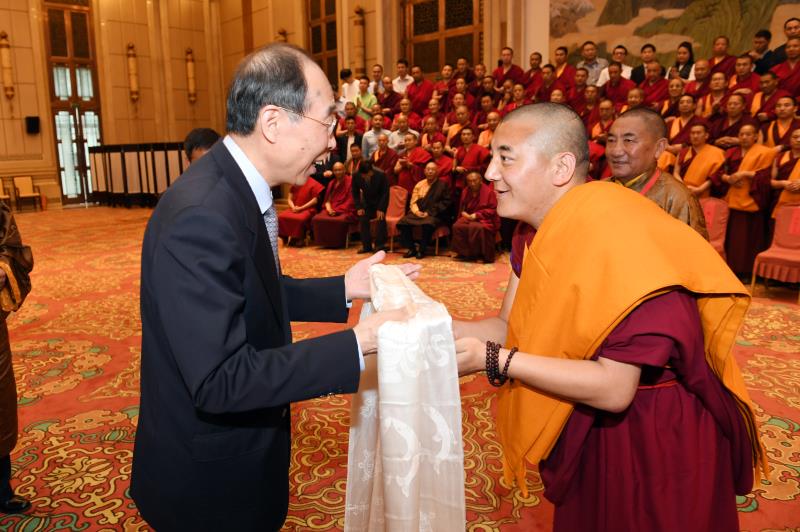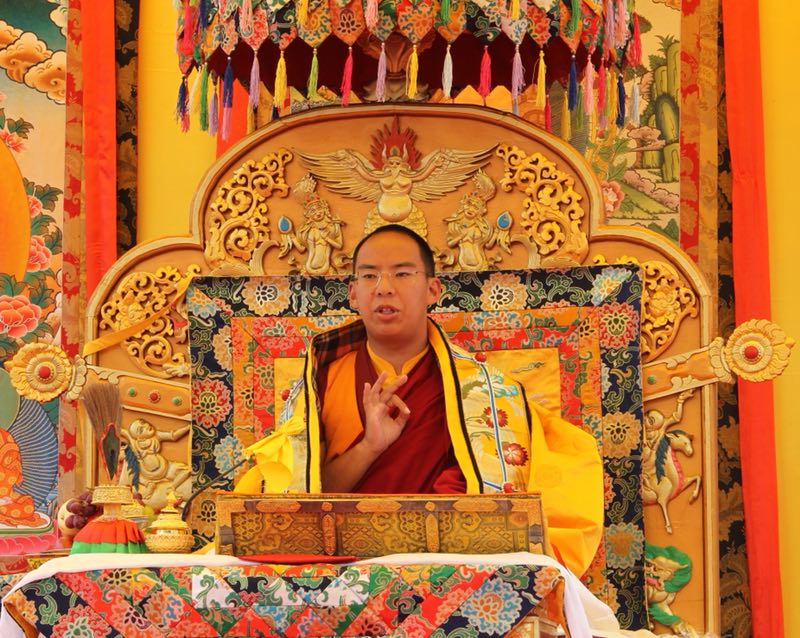China sci-fi community grows in clout and ambition
In a room packed with about 300 people, a man on stage shouts, "We are comrades now!" The crowd replies by repeating the slogan in unison: "We are comrades now!"
This is a chant for The Three Body Problem, an award-winning sci-fi novel, at the Asia-Pacific Sci-fi Convention, or APSFCon held last weekend.
The convention attracted more than 2,000 sci-fi fans as well as writers, publishers, investors and space scientists, and shows just how strong China's sci-fi community has become.
China has around 80 million sci-fi readers and fans. Sci-fi generated about 10 billion yuan (1.6 billion US dollars) in 2016.
China's sci-fi fan base has grown as domestic sci-fi works, such as Liu Cixin's The Three Body Problem and Hao Jingfang's Folding Beijing, have been international successes.
Zhao Zhe, a freshman studying in Beijing, was amongthe 300 chanting fans.
"The Three-body Problem is the first sci-fi book many of my classmates read, " said Zhao, who came to the convention with two classmates. "I am a huge Asimov fan, but I started to read Liu's book to join their discussions."
Die-hard fans like Zhao are targets for many emerging domestic companies, some working to create futuristic content while others are cultivating loyalty.
Ru Chen, founder of entertainment company The Maker, brought robot wars to Chinese TV for the first time in January. In the show, competitors pit remote-controlled robots against each other in a container made of bulletproof glass. During the three-minute fight, each team ties to paralyze the other's machine.
"This is a something we have seen many times in sci-fi films, " said Ru at APSFCon. "Sharing that futuristic feeling with the audience is the trick here."
After the program's success on TV, The Maker rolled out another robot fighting show online, which has gained more than 100 million views.
Future Affairs Administration (FAA), a Beijing-based startup and organizer of APSFCon, has been helping enthusiastic fans connect with sci-fi writers through regular meetings, activities and lectures.
At the convention, Zhao was overwhelmed to have the chance to meet Liu Cixin, who was invited by the FAA to the fair. Now FAA has nearly one million followers on Weibo.
The company is also incubating new sci-fi talent and introducing more foreign sci-fi works to China. Its latest ambition, according to its founder Ji Shaoting, is to bid for hosting WorldCon, arguably the largest event in the sci-fi world.
The expanding sci-fi fan base has led to increasing international cooperation. At APSFCon, FAA invited writers from the Asia-Pacific to discuss regional sci-fi cooperation.
"The spirit here is high," said Filipino sci-fi writer Dean Francis Alfar, who was on his first trip to China.
Alfar, along with five other writers from Asia-Pacific, were surrounded by Chinese fans asking for autographs after a panel discussion.
The writers discussed adopting regional standards, different from the traditional western perspectives, for judging sci-fi works.
"The convention shows China is in a leading position to encourage and inspire other countries in the region," Alfar said.
Your Comment
Name E-mailRelated News
-
-
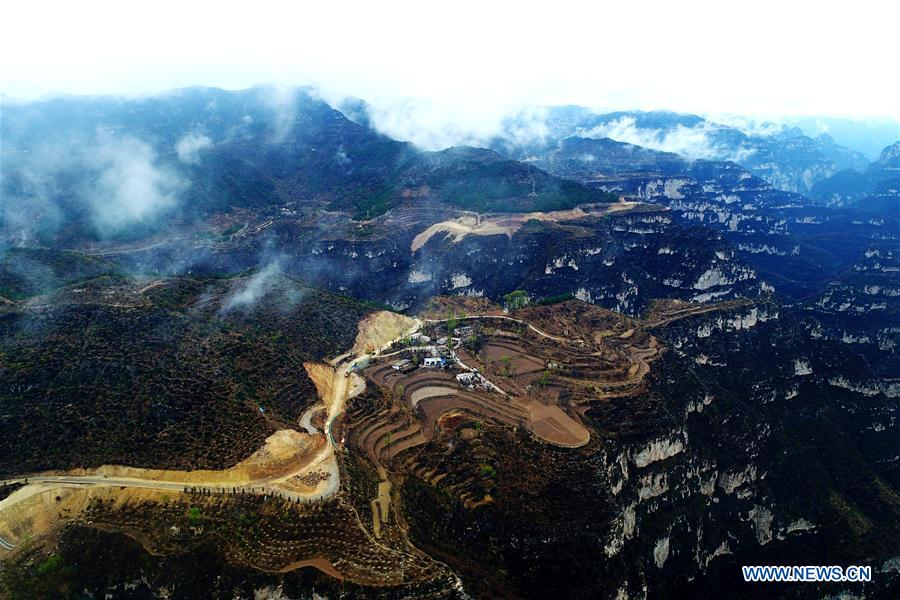
-
Villagers in N China's Shanxi benefit from relocation programme
Aerial photo taken on April 15, 2018 shows the bird-eye view of the relocation community buildings at Luya village in Pingshun County, Changzhi City of north China's Shanxi Province.
-
-
-
Forbidden no more: Palace Museum connects with public in fresh new ways
On Friday, the museum brought the painting
-
-
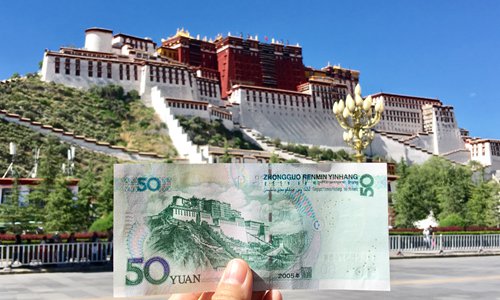
-
Roof of the world
Southwest China's Tibet Autonomous Region is on the list of traveling destinations for many people. Tibet is seen as a holy and mysterious land that most people want to visit at least once in their lifetime.
-
-
-
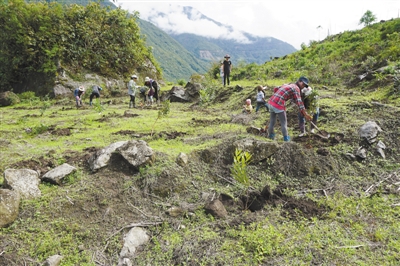
-
Zhanjiang helps Tibet grow tropical fruit
A truck loaded with 2,000 tree saplings of over 10 different varieties was sent to Tibet autonomous region from Zhanjiang in late April, for trial planting.
-
-
-

-
3,000-yr-old tombs unearthed in Tibet
Archaeologists announced Monday that they have excavated tombs dating back some 3,000 years in southwest China's Tibet Autonomous Region.
-


